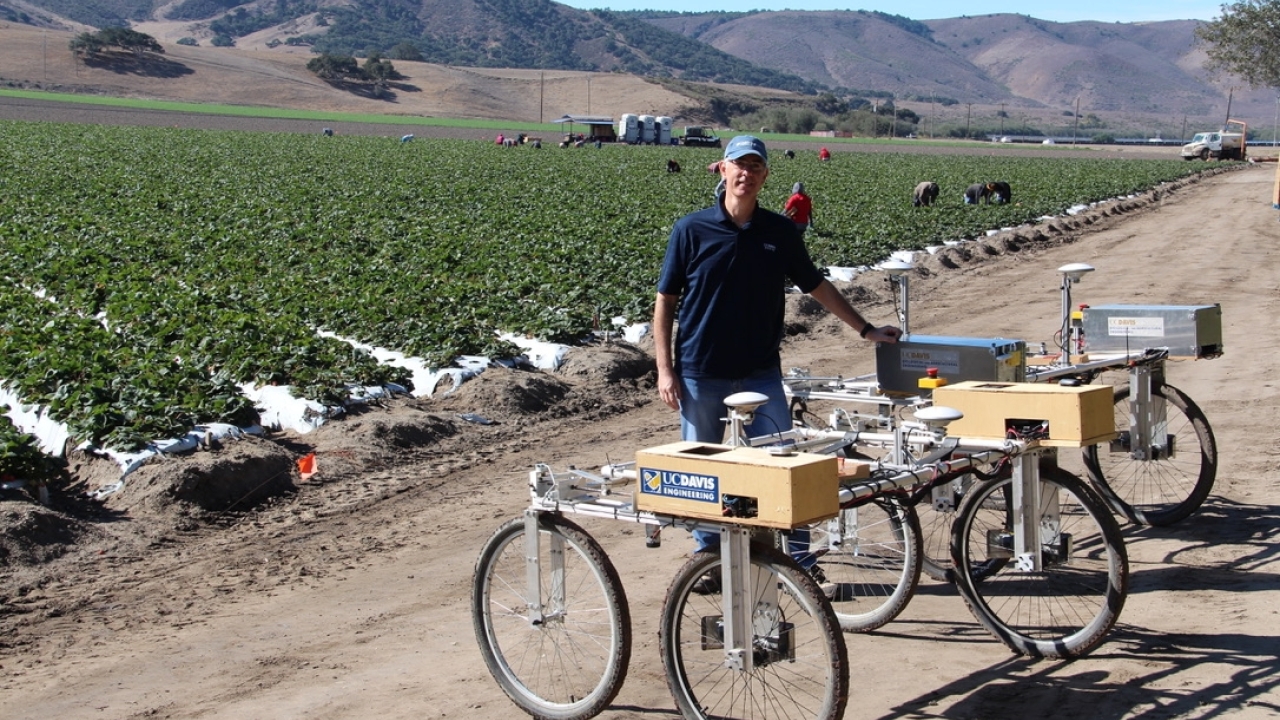ECE Faculty to Collaborate with Lawrence Berkeley National Laboratory on ARPA-E Project
Electrical and Computer Engineering Professor Jeremy Munday and Assistant Professor William Putnam will work in collaboration on a low energy nuclear reaction, or LENR, project with Lawrence Berkeley National Laboratory. The project is being supported by the U.S. Department of Energy Advanced Research Projects Agency – Energy, or ARPA-E, with $1.5 million in funding over two and a half years.


“ARPA-E is all about funding high-risk, high-reward energy technologies,” said ARPA-E Director Evelyn N. Wang in the funding announcement on Feb. 17. “The teams announced today are set out to answer the question ‘does this area show promise, and if so, how? Or can we conclusively show that it does not?’
While others have shied away from this space, ARPA-E wants to break through the knowledge impasse and deepen our understanding.”
ARPA-E provided $10 million in funding to eight projects to determine whether LENR could be the basis for a potentially transformative carbon-free energy source. The LBNL and UC Davis project will draw on previous work that used higher energy ion beams as an external excitation source for LENR on deuterium-loaded metal hydrides. Munday will serve as a co-principal investigator.
“This research is important because it will study how nuclei fuse at low energy, if it is measurable, and if it is useful for energy production,” Munday said. “The work will lead to new insights into these processes, and, if successful, it may one day provide a new clean energy resource here on earth.”
Scientists have long tried to mimic the process of creating energy that the sun does, by bringing two light atoms together to form a heavier one, otherwise known as fusion. Fusion typically only occurs in dense and hot places though. Munday and his team seek to study this process in environments with much lower densities and temperatures.
“Currently, it is unclear if nuclear fusion can occur at measurable rates under these environmental conditions,” Munday said. “This program aims to answer that question and produce new knowledge about these processes.”
The collaboration between UC Davis and LBNL is unique yet complementary. LBNL has significant expertise in accelerator physics and ion beams used for higher energy fusion. Munday and Putnam specialize in mental-hydrides and optics, which will enable them to create samples that may lead to measurable fusion at low energies.
“We're really looking to find what ‘knobs’ we can tune to engineer such reactions,” Putnam said. "In ECE, we have lots of experience building different interesting systems that can act as these ‘knobs’.”




